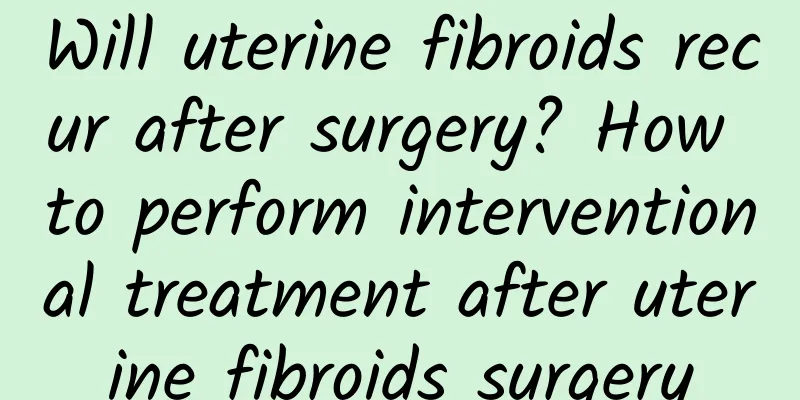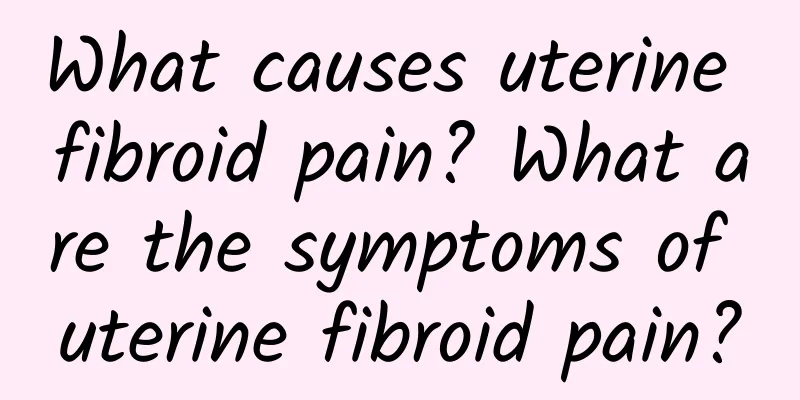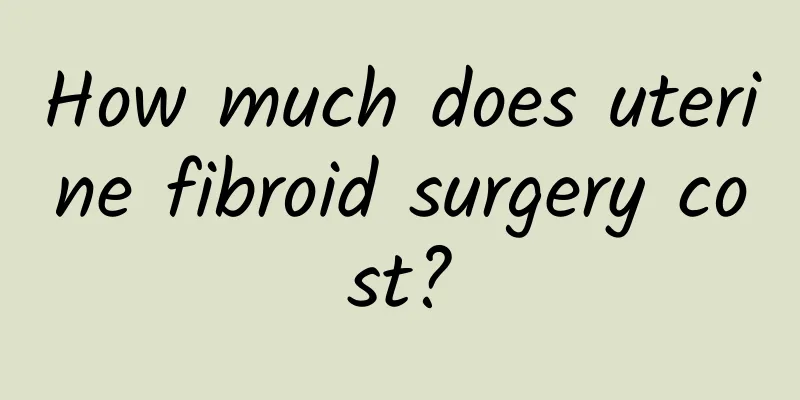Introduction to the characteristics of endometriosis attacks

|
Endometriosis is a common gynecological disease in women. It mostly occurs in women of childbearing age. It does not occur before puberty. After menopause, the ectopic lesions may gradually atrophy and degenerate. The typical symptom of the disease is dysmenorrhea, which is secondary and progressively worsens. The following is an introduction to the characteristics of endometriosis attacks. (1) Dysmenorrhea: Dysmenorrhea is the most typical symptom of endometriosis. It is secondary and progressively worsens. It usually starts 1 to 2 days before menstruation, is most severe on the first day of menstruation, and gradually subsides until it disappears when menstruation is over. In severe stages, the pain is unbearable, and even increased doses of analgesics are ineffective. The pain is caused by internal bleeding in the endometriosis lesions stimulating local tissue inflammatory reactions. At the same time, the endometriosis lesions secrete more prostaglandins, causing uterine muscle contracture, and dysmenorrhea is bound to be more significant. (2) Menstrual abnormalities: These may manifest as excessive menstruation or irregular menstruation. Most cases of menstrual abnormalities are related to the effect of endometriosis on ovarian function. Endometriosis patients may experience ovarian dysfunction, such as abnormal ovulation. (3) Infertility: Endometriosis patients often suffer from infertility, with an infertility rate of 40% to 50% among endometriosis patients. This is mainly because endometriosis can often cause adhesions around the fallopian tubes, affecting oocyte collection; or because ovarian lesions affect ovulation. (4) Pain during sexual intercourse: Endometriosis in the rectouterine pouch and vaginal rectal septum can cause pain during sexual intercourse (deep tenderness), increased frequency of bowel movements during menstruation, and pain (tenesmus). (5) Others: Endometriosis to the bladder may cause periodic frequent urination, painful urination, and hematuria. Endometriosis to the abdominal wall scar and umbilicus may cause periodic localized lumps and pain. Patients with intestinal endometriosis may experience abdominal pain, diarrhea or constipation, and even periodic small amounts of blood in the stool. Endometriosis is very harmful, so we need to detect and treat it early. The treatment plan for endometriosis varies depending on the severity of the disease, the patient's age and fertility. If the disease is severe, or manifested as severe dysmenorrhea, or pelvic examination finds definite endometriosis nodules, medication or surgery must be used. |
<<: Is bacterial vaginosis contagious?
>>: How much does it cost to get a leg slimming injection?
Recommend
What are the causes of uterine fibroids?
Since many patients with uterine fibroids do not ...
What should I pay attention to during cervical erosion surgery?
What should I pay attention to during cervical er...
What medicine should I take for uterine fibroids and adnexal cysts? How to treat uterine fibroids and adnexal cysts?
Uterine fibroids and adnexal cysts are two common...
Health care knowledge about uterine fibroids
The symptoms of uterine fibroids can be clinicall...
A chair will do! Muscular mother teaches 3 tricks to get a tight abdomen and beautiful buttocks
After clocking in to the office every day, except...
Recommended quality public hospitals for amenorrhea
Many female friends have encountered the problem ...
Can I eat chocolate if I have dysmenorrhea? It is not advisable to eat too much
Women love chocolate very much, and it can also r...
How to buy abortion pills online
You cannot buy abortion pills online. Abortion pi...
Don’t rush to peel the dragon fruit skin to avoid wasting antioxidants! Nutritionist Gao Minmin: 3 health benefits of dragon fruit
Dragon fruit not only tastes sweet, but also has ...
Three things that patients with vulvar leukoplakia should not ignore
Vulvar leukoplakia is also called vulvar dystroph...
Can cervicitis be cured?
Can cervicitis be cured? When faced with the onse...
Once women develop adnexitis, they must not forget the care measures
In our lives, adnexitis is very common. It is a f...
How to differentiate functional uterine bleeding from reproductive system diseases?
Dysfunctional uterine bleeding refers to abnormal...
Experts tell you whether menopause can be cured
Menopause not only threatens our health, but also...
Ectopic pregnancy may be life-threatening
If an ectopic pregnancy is not treated in time, t...









